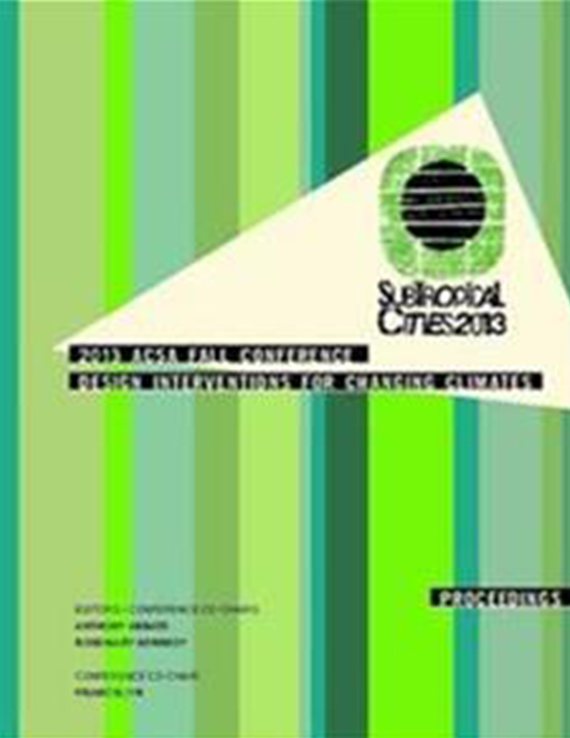Author(s): George Thomas Kapelos
The impact of climate change reaches beyond sub-tropic regions and catastrophic events. In the case of one indicator, ultraviolet radiation (UV), the sun is shining more brightly (and dangerously) everywhere, with a potentially devastating consequence. Direct linkages between rising CO2 levels, ozone depletion and increased UV exposure have accelerated the incidence of skin cancer. This is now a world-wide public health concern. Skin cancer, resulting from environmental UV, can be almost totally prevented, and shade is a key component of prevention. Initially, research on skin cancer prevention though design was centred in Australasia; more recently, however, concern has grown in boreal regions. In Toronto, design professionals are addressing this expanding field of research and practice, which unites disparate voices from health, public policy, landscape, forestry, urban design and architecture to speculate on new ways to inhabit the public realm in light of global climate change and resulting threats posed by UV. This paper presents one design research project in Toronto – a collaboration of a school of architecture, the city’s public health agency, its parks department and a local coalition of cancer prevention advocates – where architecture and technology are supporting public policy with the aim of mitigating climate change impacts, while promoting public health and creating a healthy and well-designed public realm. The Toronto project applied tools developed in Australia for creating supportive shade environments in eight Toronto playgrounds. Subsequently, in a design studio, students investigated responsive environments and applied interactive design methodologies to propose a sun-safe infrastructure in a one park. Consequently, outcomes were applied to support public policy and communications strategies for creating safe shade in public places in Toronto. The paper will describe the project’s context, including the inter-relationship between climate change, skin cancer and UVR and Toronto’s response. The paper brings together a number of questions. First, on the specific issue of UV and climate change, is there a way to design effectively for sun safety, and how is this one issue incorporated into a larger design strategy for a changing climate? Second, based on Toronto’s experience, how can architects work with others whose interests are aligned, on the broad question of climate change, and how can we apply our knowledge and skills on an issue-by-issue basis? Further, is this an appropriate strategy, or should more comprehensive approaches be pursued? What are the lessons on collaboration from this Toronto project? How can design influence public health and climate change policy? What is the design studio’s potential for confronting the multitude of issues around climate change? How will architecture or an urbanism of the future look, in the face of the onslaught of climate change? Finally, can the outdoors be safe, well designed and fun too?
Volume Editors
Anthony Abbate, Francis Lyn & Rosemary Kennedy
ISBN
978-0-935502-90-9

 Study Architecture
Study Architecture  ProPEL
ProPEL 
